An extraordinary gathering is taking place this week at the University of Southern California’s School of Cinematic Arts.
Over 200 scholars, teachers, archivists, and creators will be participating in the inaugural Hollywood Conference. An ambitious and welcome addition to the academic landscape, the Hollywood Conference provides a forum for sharing research “into the practices and products of the American motion picture and television industry, known for a century by the metonymic name Hollywood.”
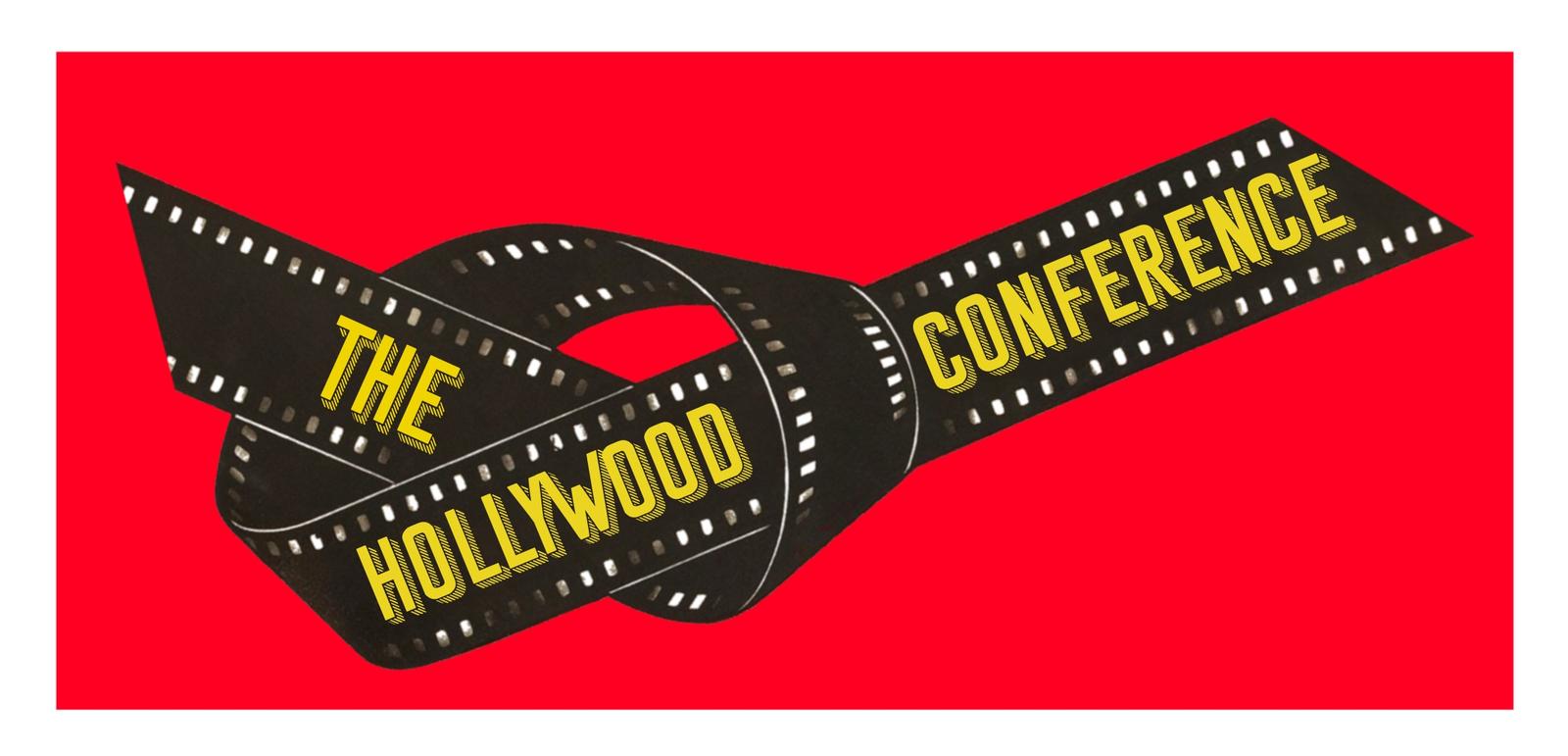
The program features a tremendous line-up of presenters, including several who have worked for the WCFTR and MHDL. Here’s looking at you, Kallan Benjamin, Lore FitzWhittemore, Samantha Janes, Lesley Stevenson, and Zach Zahos. Lots of other Badgers, past and present, will be in attendance, too, including Communication Arts Department Chair Derek Johnson, who will be on a great-looking panel about “Franchising Hollywood.”
One of the highlights of the conference will be a roundtable session titled, “The Production Code and the Archive: How the PCA Files Changed Film and Media Studies.” Exploring how the internal documents of the Production Code transformed our understanding of the Hollywood Studio System, this session features a powerhouse group of film historians and friends of the WCFTR: Ellen Scott, Thomas Doherty, Lea Jacobs, Rick Jewell, and Homay King.
Most importantly, “The Production Code and the Archive” roundtable serves as a tribute to the late Barbara Hall, whose work at the Academy’s Margaret Herrick Library enabled access to the PCA files, and whose presence made the entire research process a pleasure. For those fortunate to know Barbara Hall, she was generous, kind, creative, and brilliant. I will never forget her warmth, enthusiasm, and million-dollar smile. I encourage you to read the moving “In Memoriam” tribute — posted on the SCMS website — written by Barbara‘s dear friend Mary Desjardins and partner Val Almendarez.
There are many other exciting sessions, too, including several with working filmmakers. A great team was required to pull off an event at this scale. And, of course, every team needs a leader. No one has worked longer or harder to make this happen than Luci Marzola, the Conference Director and the author of the great book Engineering Hollywood: Technology, Technicians, and the Science of Building the Studio System. Just as we have Josh Shepperd to thank for the RPTF Conferences of the 2010s, we owe a debt of gratitude to Luci Marzola for willing the Hollywood Conference into being in the 2020s.
In honor of Barb, Luci, and everyone else who has dedicated passion and care to keeping Hollywood history alive, I am sharing these five online resources from the WCFTR’s Media History Digital Library. Hope they spark more curiosity, enthusiasm, and research into our artistic and cultural heritage… and helpful sources for the Hollywood Conference’s inevitable sequel. 🙂
— Eric Hoyt
FIVE WCFTR-MHDL RESOURCES FOR STUDYING HOLLYWOOD HISTORY
- The Hollywood Studio System Collection
The natural first stop for any online tour.
The MHDL’s Hollywood Studio System collection includes trade papers like Boxoffice, Showmen’s Trade Review and Motion Picture Herald addressed exhibitors, as did the studios themselves through publications that promoted their films and stars (e.g., 20th Century-Fox Dynamo, Biographies of Universal Stars and Featured Players, Who’s Who at Metro-Goldwyn-Mayer). The studios also created internal publications for their large workforce of studio employees, as seen in Action and Fox Folks. Professional associations and guilds that represented various industry professions created their own publications for members, including the American Society of Cinematographers’ American Cinematographer, the Society of Motion Picture Art Directors’ Production Designer, and the Screen Writers’ Guild’s The Screenwriter.The Hollywood Studio System collection also includes an extensive run of The Film Daily, a leading motion picture trade paper published out of New York that reached participants involved in all aspects of the movie business. The Film Daily includes news reports from throughout the industry, occasional features stories, hundreds of full-page ads, and innumerable reviews of features and shorts. Harrison’s Reports also offered film reviews to exhibitors and billed itself as a “reviewing service free from the influence of film advertising.” Also in this collection are fan magazines like Photoplay, Picture-Play Magazine, and Screenland, Hollywood biographies and memoirs like The Private Life of Greta Garbo, Behind The Screen by movie mogul Sam Goldwyn, and Confessions of an Actor by John Barrymore, as well as early editions of the still-active Hollywood Reporter and a lengthy-run of Variety.Big thanks to David Pierce and Karl Thiede for their leadership and collaboration in building this collection.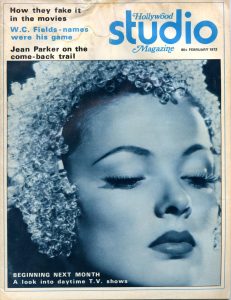
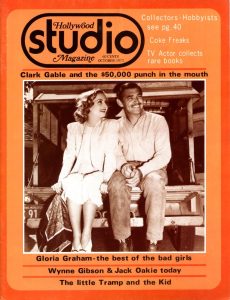
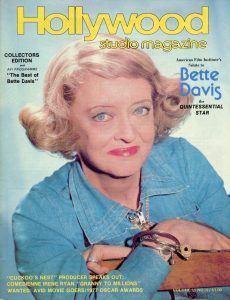
- Hollywood Studio Magazine (1967-1977)
This is less of a collection, and more of an overlooked magazine that we are excited to share. If the early-70s San Fernando Valley milieux of Paul Thomas Anderson’s film Licorice Pizza (2021) could be embodied in magazine form, it would be Hollywood Studio Magazine.Here is Luci Marzola’s description of the magazine on the MHDL website:
Hollywood Studio Magazine was published out of the San Fernando Valley in various iterations (and various titles) from 1966 until 1992. What started as a local organ aimed at the workers of Hollywood ended as a nostalgic fan magazine about Hollywood Then and Now. The various title changes and revisions to its mission reflect not just the economic realities of magazine publishing, but a changing relationship to Hollywood and the industry itself. The earliest issues of Studio Magazine read like a house organ of a steady, entrenched industry documenting the comings and goings and notable events of the San Fernando Valley, with special emphasis on Universal. Fandom first became part of the discourse of the magazine through collecting. The Collectors’ Column page beginning in the early 1970s allowed memorabilia collectors to advertise their wares to each other. In 1983, the founder of the magazine, Dorothy Denny gave over the reins to Ralph Benner, the founder of Tiger Beat. This marks the clear separation between the original publication and its focus on Hollywood production culture and the move toward a publication centered on star narratives and fan culture. In covering the two and a half decades from the collapse of the system to the point where classical movie stars were phantoms instead of living people, the magazine offers insight into the transformation of old Hollywood from a lived reality to a memory to a myth.
Special thanks to Luci, David Pierce, and the family of Ralph Benner for their collaboration in getting this magazine online. And thanks to JJ Bersch, Matt St. John, and Lore LitzWhittemore for doing the hard work of scanning it!
- Hollywood Pressbooks Collection
One of our newest and favorite collections. Pressbooks were created by distributors to promote their films in local markets. Sent directly to movie theaters, pressbooks provided promotional materials and suggested strategies for local exhibitors to bring people into the theater and maximize profits for both parties.The digitized pressbooks in this collection date from the 1910s through the 1970s. Represented are major studios Warner Bros., MGM, 20th Century-Fox, Columbia, and United Artists, as well as several independent distributors. Early on, pressbooks were relatively short, providing information and pre-written articles about the film that exhibitors could send to their local newspapers to print. By the 1930s and 40s, the number of pages and methods of promotion had exploded. The pressbooks in this period usually included sections for publicity, advertisements, lobby displays and other decorations, as well as ideas for promotional stunts.The large publicity sections included pre-written articles and photographs for local newspapers to reprint in advance of a film’s premiere and additional material and reviews to run while the film was actually showing. These publicity sections could include multiple options for short, middle, and feature-length stories. Some pressbooks included material for the local newspaper’s Women’s Section, often to do with the female star and her film fashions.Visit this page to browse all our digitized pressbooks by their cover images.
Thank you to Matthew and Natalie Bernstein, the Mary Pickford Foundation and the Wisconsin Center for Film and Theater Research for making the scanning of these pressbooks possible.
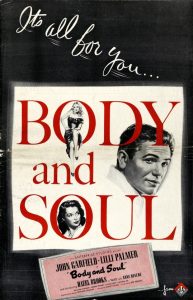
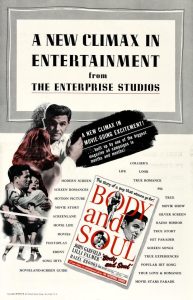
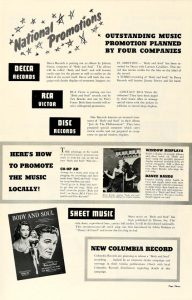
- Canadian Film Press Collection
Our friends up North have done a lot to support of the MHDL. Charlie Keil is responsible for tens of thousands of pages of magazines that we have added to the collection over the years. And, most recently, Paul Moore, Jessica Whitehead, Louis Pelletier, and their team have been scanning and uploading tons of fascinating Canadian trade papers, yearbooks, magazines, and newsletters.Here is Paul Moore’s, Jessica Whitehead’s, and Louis Pelletier’s description of the Canadian Film Press Collection:
The MHDL’s Canadian collection encompasses domestically produced periodicals from the 1910s to the 2000s. This collection highlights exhibition rather than fandom or film production, with a focus especially on media industry trade periodicals of national scope based in Toronto and published in English. Also included are a significant collection of house publications of Famous Players Ltd., the predominant national cinema chain, and French-language fan magazines that give a glimpse at the distinctive francophone film culture in Québec.Hollywood always treated Canada as part of the American domestic market, continuing habits set long before cinema. U.S. theatrical, circus and vaudeville touring routes extended across the border and many Canadian theatres were built, owned or networked into the tentacles of U.S. theatrical syndicates and vaudeville circuits. Orpheum, Pantages, Keith’s and Loew’s all built in Canada, for example. This continent-wide reach across the border was also true of coverage in the American film and media industry press. Early theatrical papers, the Clipper, Dramatic Mirror, and Billboard, all included weekly reports from theatres in Toronto, Montréal, Winnipeg and other Canadian cities. The film trade press followed suit. As far as we are aware, the first Canadian film industry trade paper was the Canadian Universal Bulletin, created in 1915 and first edited by W. S. Bach, head of the Universal exchange in Toronto. The Bulletin began as a one-page house organ but Bach expanded quickly to eight pages and embraced a mandate to provide general film news to the entire country. Soon after, a competing magazine began in Montréal, Canadian Moving Picture Digest (1917-57), initially edited by Merrick R. Nutting. The two were combined in 1918, keeping the Digest name but moving offices to Toronto. Volume numbering reflected The Bulletin’s earlier start, and 1915 was always later claimed as the Digest’s year of origin. The Digest was eventually edited and then owned by Ray Lewis, who became a force in the industry through her distinctive editorials promoting independent exhibitors, patriotism during WWII, and advocating for greater screen time for British films. She was well-known in the U.S. industry (Variety’s Sime Silverman called her “the Girl Friend in Canada”) and well-connected on Toronto’s Dundas Square exchange row. She was later an inaugural member of the Canadian Picture Pioneers and the groups’ first female president.
- United Artists Corporate Minutes (1919 – 1951)
The WCFTR’s largest collection, by far, is the United Artists Collection — one of the only in-tact Hollywood studio collections available for research access.Over the coming years, we plan to expand that access much further using digital technology. As an initial installment, here are the United Artists Corporate Minutes (1919 – 1951). Fascinating details of the innovative and dysfunctional distribution company created by the stars.The minutes were scanned from microfilm, so the quality leaves much to be desired (especially compared to the beautiful scans of United Artists pressbooks). But scratchy microfilm images didn’t stop Hollywood researchers of the past. And we hope it doesn’t stop you either. Enjoy! And happy conference-going to all at USC this week!
